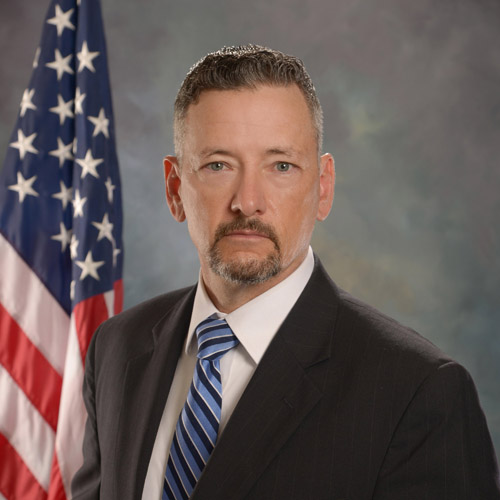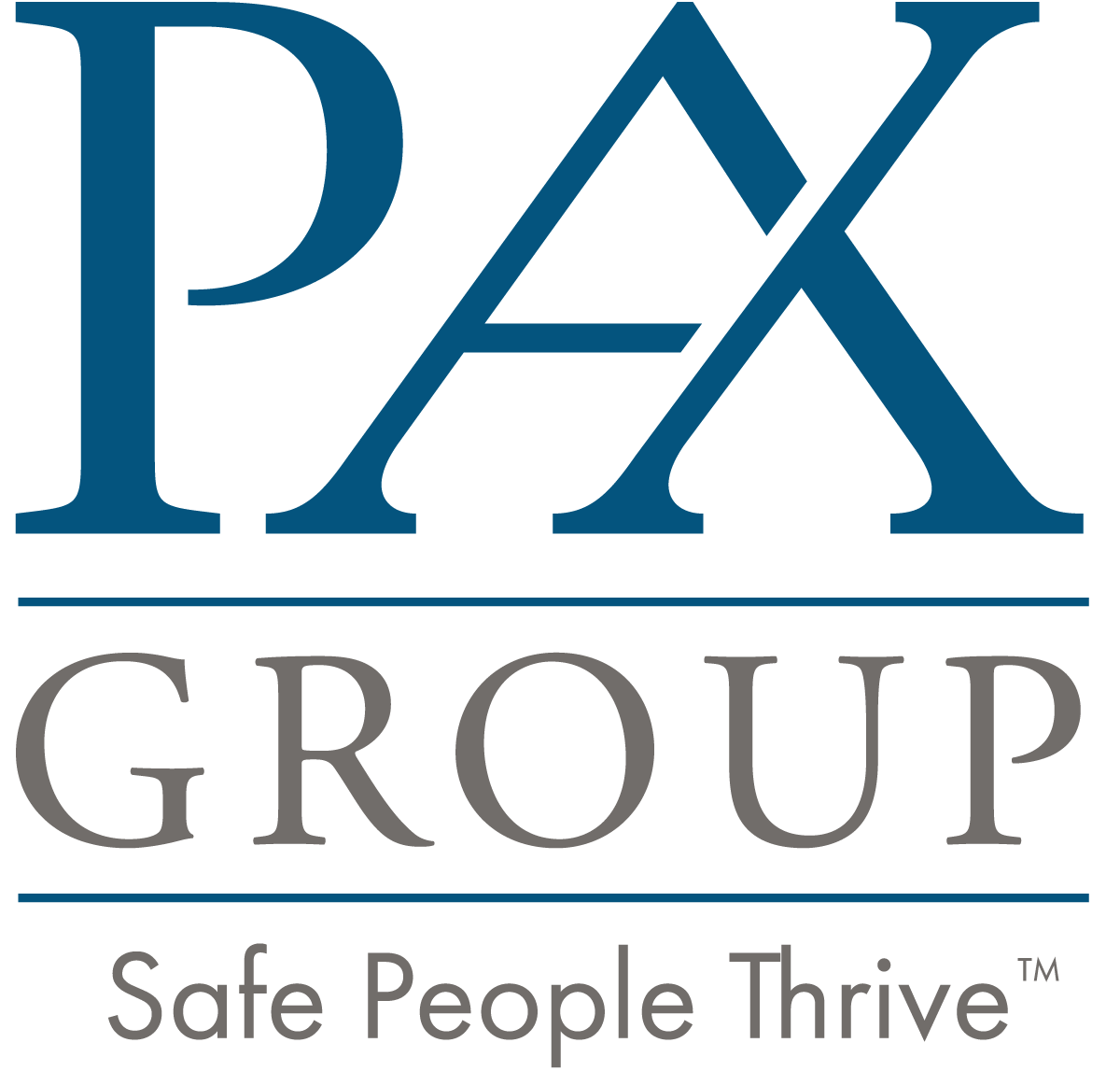
Michael Harrigan
Partner
Threat assessment, active threat Response, Investigation, executive protection & cold case reviews
I was fortunate to have the opportunity to serve my country and community during my 30-year law enforcement career. I always took the road less traveled, forcing myself out of my comfort zone through assignments that offered new experiences and opportunities for personal and professional growth. This solidified my belief that one does not have to “check the box” in specific positions while climbing the management ladder, but can forge their own unique path. As I progressed through management positions, I experienced great successes and failures along the way. The failures provided the opportunity for self-assessment, a change of direction, and led to new successes.
One key component of my leadership philosophy is that any goal can be met or exceeded by selecting top talent and empowering them to apply those skills to your work unit. A team is strongest when people feel valued and in service to a cause greater than themselves. An effective leader must never be intimidated by those on their team who know more than they do and must always strive to find and hire the best and brightest!
Building strong liaison relationships with outside agencies and entities was a key component of my successes. The central tenant of my leadership of the FBI National Academy was to bring the global law enforcement community closer and to foster communication and cooperation among the graduates long after they returned to their home agencies.
It is not always wise to “reinvent the wheel” when approaching a challenging project or initiative, which only invites cost overruns, schedule breakdowns, and the burnout of key personnel. I believe it is critical to give your team members a voice in the process as even the newest, least experienced member may have a perspective that can deepen the effectiveness of your project or tasking. When I opened the FBI Firearms Training program to examination by experts in the field, it resulted in highly effective changes and the building of strong relationships within the organization. These strong relationships helped smooth the way to later implementation of needed programs and policy changes.
